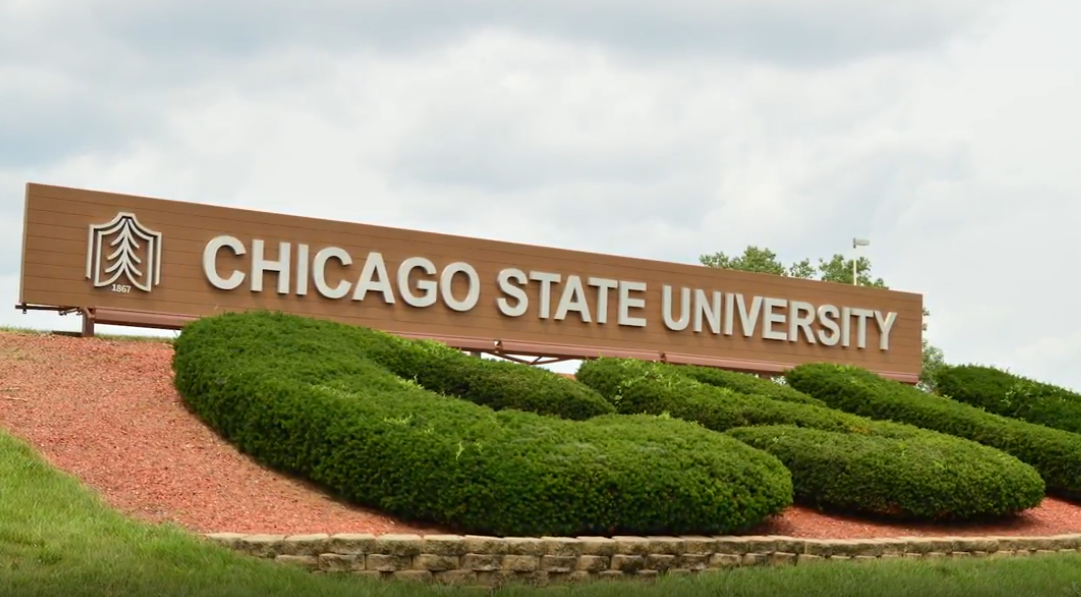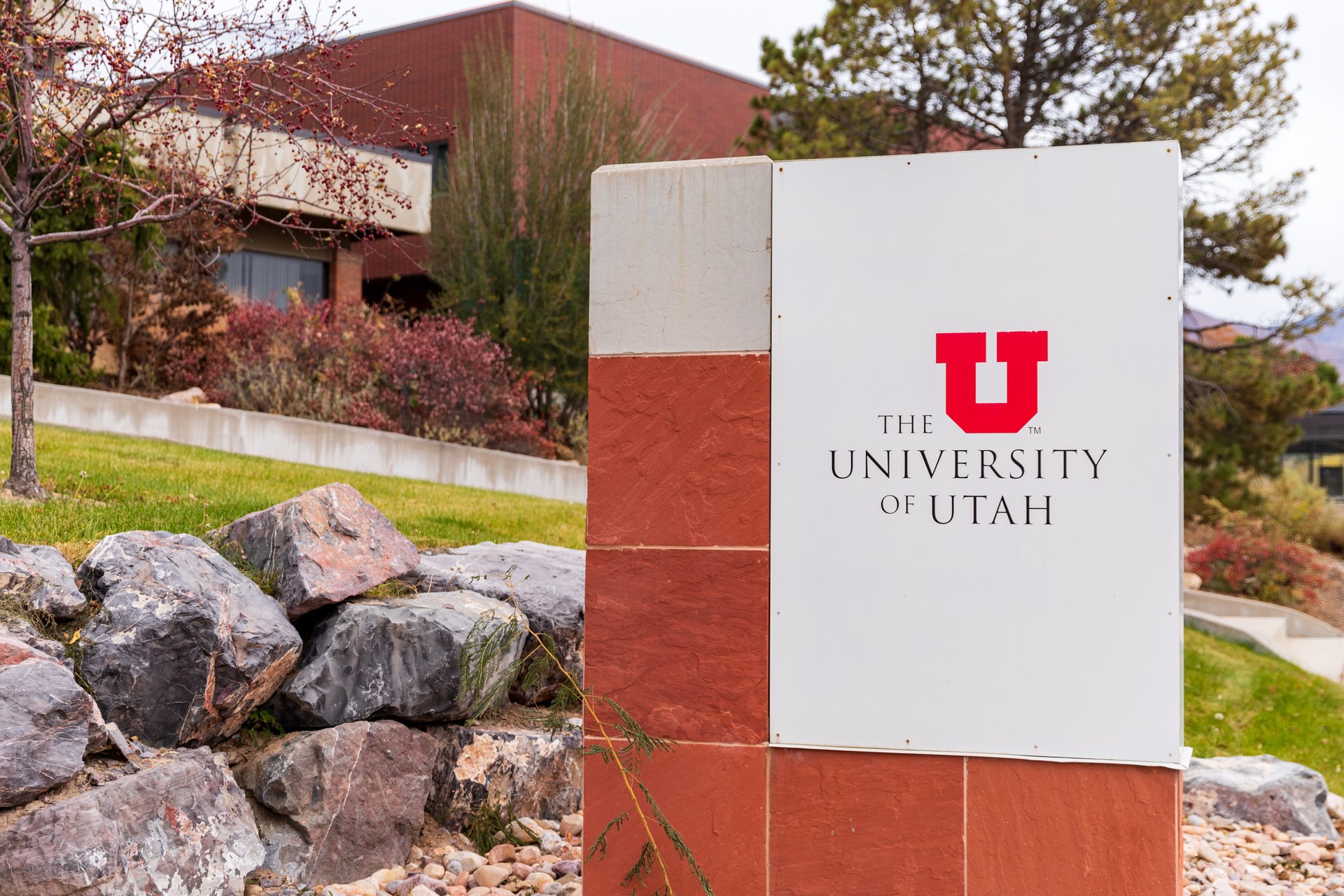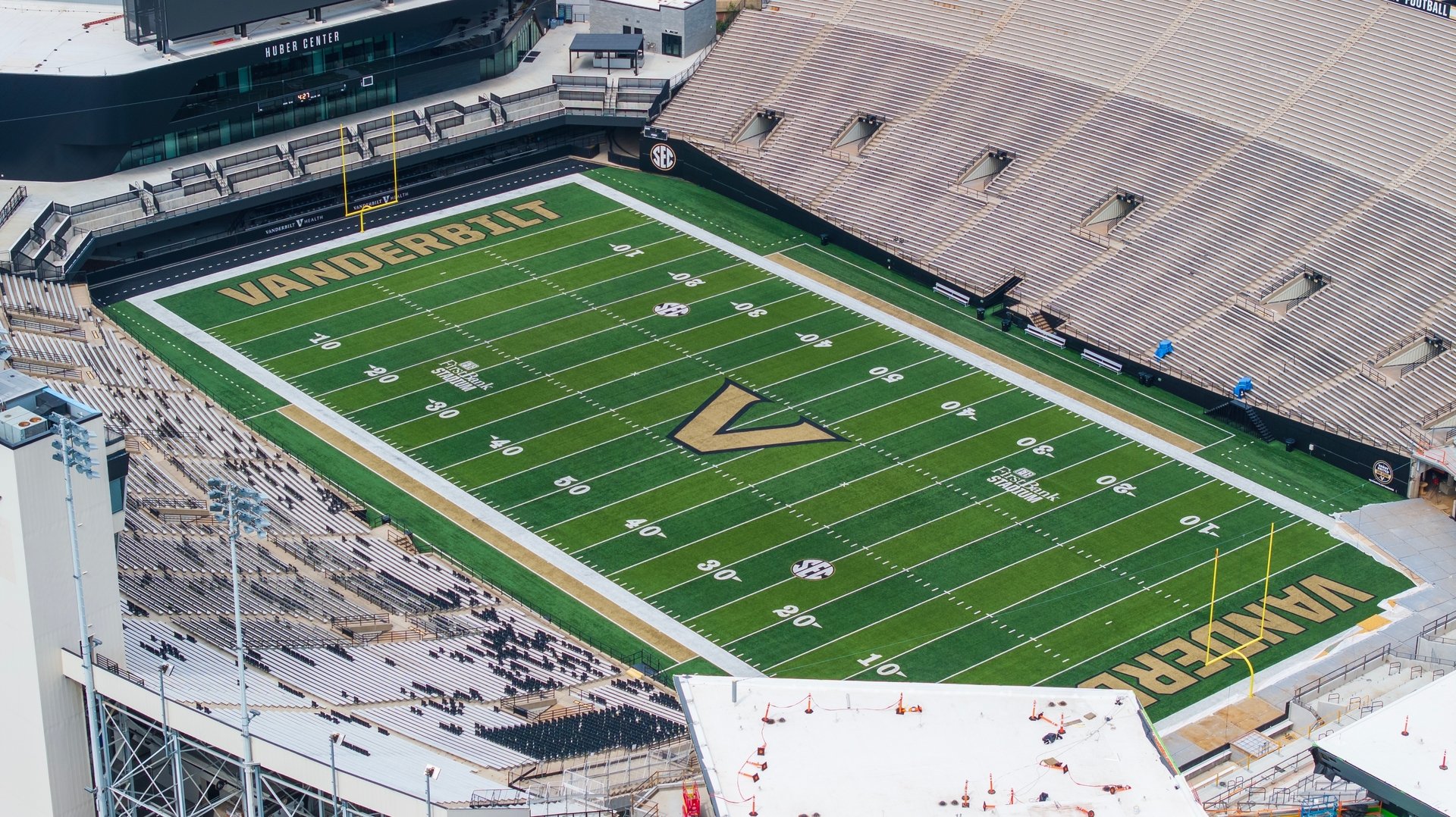Good morning, and thanks for spending part of your day with Extra Points.
I’ve written about this phenomenon a few times already, and I expect to do it several more times this year … but everybody in college sports is looking to drive more revenue.
Sure, that’s always been the case, but it is especially true now, as programs face the new expenses of athlete revenue-sharing and expanded scholarship spending, while also navigating institutional financial challenges like the undergraduate enrollment cliff and vanishing federal research money.
Since media rights revenue is typically already accounted for in long-term contracts, and schools can usually only sell so many more tickets, many athletic departments are looking square at their multimedia rights (MMR) partnerships to drive more revenue. If you can’t sell more tickets or get more money from ESPN, perhaps you can sell more sponsorships.
This is also true at the athlete compensation level. If a school already has a corporate sponsorship agreement in place, the university and MMR partner can’t simply redirect funds from the athletic department to individual athletes without that money counting against the House settlement cap.
But if athletes sign new brand sponsorships, even if those sponsorships include university assets, those contracts won’t count against the cap, so long as the contracts pass inspection from the College Sports Commission.
So tl;dr, that means there will be a lot of interest in MMR companies helping to find, or create, legitimate marketing opportunities for college athletes. Every dollar an athlete makes from Nationwide Insurance is a dollar that doesn’t have to come from an athletic department.
The most common ways for athletes to secure brand deals is via social media influencer campaigns. But the dirty little secret is that being good at sports does not automatically mean you’re good at social media influencing. Many brands decided not to renew campaigns with athletes from 2022 to 2024 simply because they weren’t seeing the value of the campaigns. You can’t just give an athlete a smartphone, have them shoot some vapid behind-the-scenes content, and expect people or brands to pay for it.
So if you want to drive new marketing deals via influencer marketing, you have to figure out a way to make athlete-driven content actually work. And at scale, that has so far been difficult to pull off.
But Learfield thinks it has a strategy that actually works … one that won’t just provide financial opportunities for athletes, but educational and professional ones as well.
Want to read the rest of the newsletter? Subscribe today!
Premium Subscriptions make Extra Points possible. Upgrade today to get access to everything we write:
Upgrade to Premium for just nine bucks a month:

















